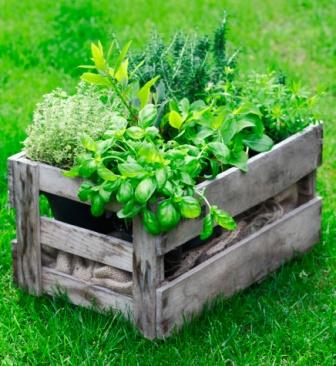How To Study Ayurvedic Herbs? How To Understand Ayurveda Herbs Easily
Make a list of All 350+ Ayurvedic herbs with herb Sanskrit name, botanical name, family name, English name and four Sanskrit synonyms. You can do this in the very beginning of second year BAMS. Just look into the syllabus book and make the list by yourself. Take the help of your seniors if needed. Daily spend 30-60 minutes mugging up these things. You may also record the total thing, with each herb repeated 5-10 times and hear it while you indulge in non important daily routines.
Table of Contents
Herb morphology
To learn about the herb morphology,
1. First learn about the terms used to explain morphology. Read those for 5 – 6 times. If you do not know these morphology terms, you will have trouble understanding the structure of herbs. For example, what is undulate? Without knowing what is undulate, you will never be able to understand to which leaves, botanists have used the term undulate to describe.
If you were wondering, undulate means wavy leaf margins.

Taste, qualities, vipaka
2. Have a deep look into the herb, its leaves, how much height, fruits colour, etc in google images. Then study the morphology for 5-6 times. You will get an idea what actually those terms mean.
Taste As A Tool To Understand Action of Ayurvedic Herbs – Examples
Regarding taste, qualities, Vipaka, potency etc –
You will get to know about it as you study more about it.
With each herb, first try to understand the taste. With taste, you can guess Vipaka, Veerya etc accurately in most of the herbs. herbs are usually coolants, with Madhura Vipaka and heaviness, oiliness qualities.
With taste only, you can guess its functions – like astringent herbs decrease Vata and Pitta dosha, useful in Stambhana etc.
Bitter herbs like neem, Guduchi etc are antiviral, useful in skin disorders, liver disorders etc.
Read related: How To Understand And Master Ayurvedic Medicines Easily
With more and more studying, you will get to know specific actions of herbs – Prabhava.
Such as
Brahmi is Medhya – brain tonic
Kutaja is useful in diarrhea,
Kanchanara is used in thyroid disorders
Vidanga is useful in worm infestation etc.
Part used
About used part –
Root is the default used part for most of the herbs.
If the herb is very small, like BhumiAmlaki or Brahmi, Whole plant is used.
If the tree is too big, then usually stem bark with roots are used.
Rest of the herbs – you will get to know with your studies and interests.
Read related: 18 Tips for a New Ayurvedic Student
Dose and dosage forms
About dosage forms and dose –
Almost all spices are usually administered in the form of Churna – powders. Dose is 3 – 6 grams in divided doses per day.
Almost all other herbs can be given in the form of Churna or Kashaya – 50-100 ml per day.
So, to almost any herb, you can write the churna and kashaya as dosage form with the said doses.
Overall, if study herbs well, you can know Ayurvedic medicines well. If you know Ayurvedic medicines well, you will be able to treat well, choosing right medicines at the right time.
The herb synonyms, botanical names etc are also important when you take up Post Graduate entrance exams.
It is very important to know herbs very well.
So, even if you feel lazy to learn herbs, gather some interest willfully and give it a try. As with all other subjects of Ayurveda, there is no short cuts to success.








